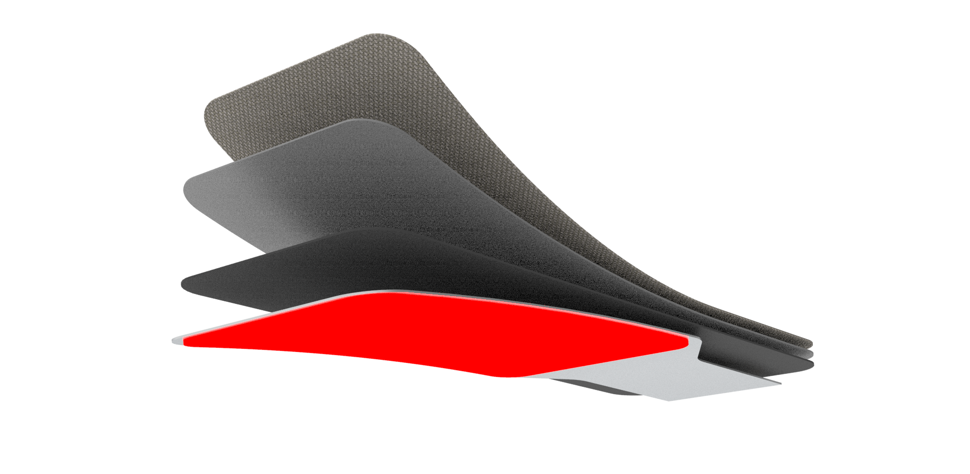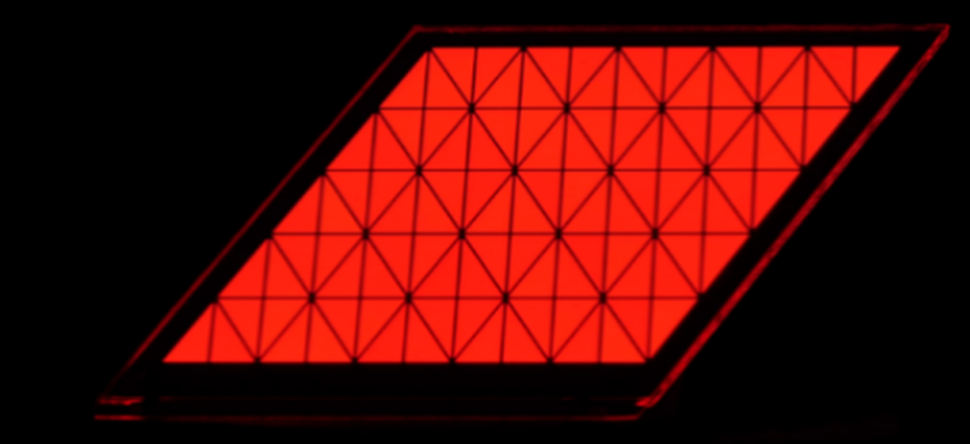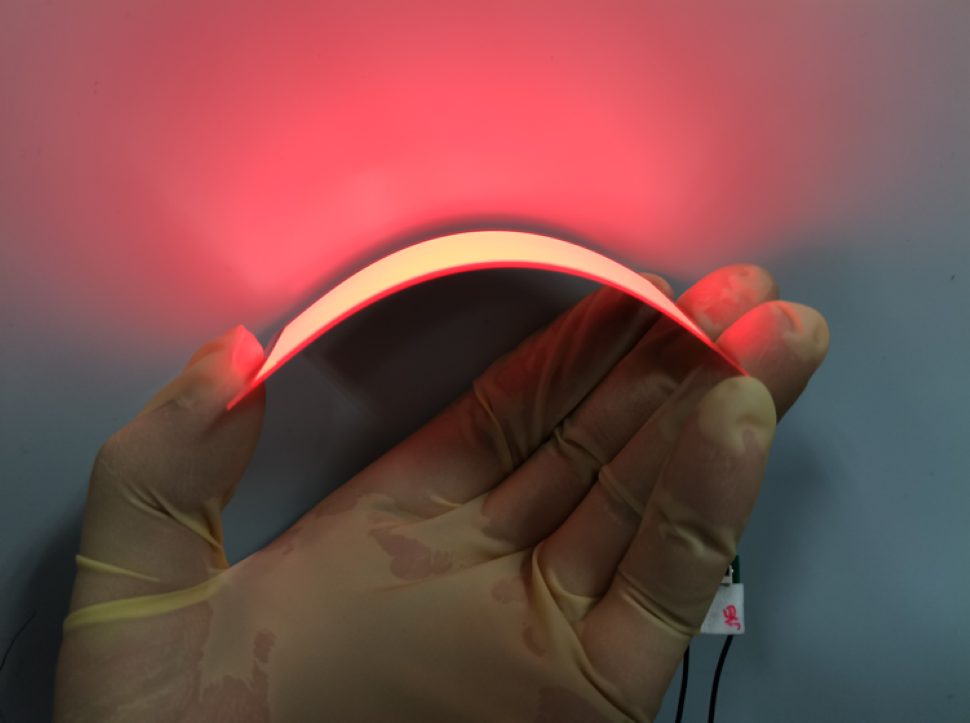Photobiomodulation is a safe, effective, painless, non-toxic, and non-invasive phototherapy method. It stimulates a series of physiological and biochemical reactions in the body through low-intensity monochromatic light irradiation, such as accelerating blood circulation, improving the local microenvironment of tissues, enhancing enzyme activity, and boosting the body's immune capacity. These effects repair or regulate the physiological functions of tissues or the body, thus achieving the purpose of treating diseases.
OLED features a surface light source, thinness, lightness, and flexibility. It exhibits excellent uniformity during close-range irradiation, making it highly suitable for wearable phototherapy products that can be applied to the skin, such as phototherapy bandages and wearable phototherapy devices for treating joint inflammation.

Photodynamic therapy (PDT) is a novel targeted tumor therapy that has emerged after surgery, chemotherapy, and radiotherapy, featuring high targeting specificity. During PDT, photosensitizers accumulate in tumor tissues and are activated by specific light to trigger a series of photophysical, photochemical, and photobiological chain reactions. Ultimately, reactive oxygen species (ROS) generated through these reactions kill target tissues, enabling selective destruction of tumors while preserving organ structure and function. This approach avoids the damage and tissue destruction caused by surgical resection.
However, some human tissues and organs are characterized by narrow spaces, complex anatomical structures, variable morphology, limited accessibility, and multifocal lesions. Traditional light sources often fail to achieve precise irradiation (or even cannot reach the target area) due to uneven and inaccurate light dose distribution, which may lead to excessive or insufficient dosage. These issues can compromise therapeutic efficacy, causing overtreatment or even treatment failure.
OLED offers the advantage of digitally addressable zone control. By leveraging high-precision lithography processes, it enables precise customization and zonal control of light-emitting patterns, meeting the needs of different lesions and patients. Meanwhile, its characteristics of thinness, lightness, surface light emission, and flexibility make it an ideal light source for photodynamic therapy.

With the advancement of technology, photomedical techniques have gradually extended to the beauty industry, and an increasing number of home-use light cosmetic products have emerged in the market. OLED featuring surface light emission, thinness, lightness, and flexibility, is highly suitable for light cosmetic applications, especially in skin-contact irradiation scenarios. OLED light sources are expected to bring disruptive innovative experiences to such products.

